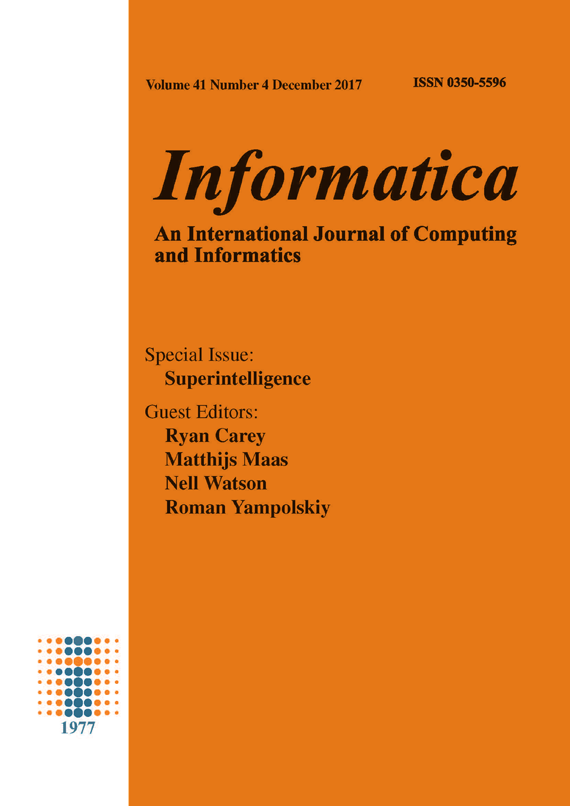Mammalian Value Systems
Abstract
Characterizing human values is a topic deeply interwoven with the sciences, humanities, political philosophy, art, and many other human endeavors. In recent years, a number of thinkers have argued that accelerating trends in computer science, cognitive science, and related disciplines foreshadow the creation of intelligent machines which meet and ultimately surpass the cognitive abilities of human beings, thereby entangling an understanding of human values with future technological development. Contemporary research accomplishments suggest increasingly sophisticated AI systems becoming widespread and responsible for managing many aspects of the modern world, from preemptively planning users' travel schedules and logistics, to fully autonomous vehicles, to domestic robots assisting in daily living. The extrapolation of these trends has been most forcefully described in the context of a hypothetical intelligence explosion," in which the capabilities of an intelligent software agent would rapidly increase due to the presence of feedback loops unavailable to biological organisms. The possibility of superintelligent agents, or simply the widespread deployment of sophisticated, autonomous AI systems, highlights an important theoretical problem: the need to separate the cognitive and rational capacities of an agent from the fundamental goal structure, or value system, which constrains and guides the agent's actions. The value alignment problem" is to specify a goal structure for autonomous agents compatible with human values. In this brief article, we suggest that ideas from a ective neuroscience and related disciplines aimed at characterizing neurological and behavioral universals in the mammalian kingdom provide important conceptual foundations relevant to describing human values. We argue that the notion of \mammalian value systems" points to a potential avenue for fundamental research in AI safety and AI ethics.
Downloads
Published
Issue
Section
License
I assign to Informatica, An International Journal of Computing and Informatics ("Journal") the copyright in the manuscript identified above and any additional material (figures, tables, illustrations, software or other information intended for publication) submitted as part of or as a supplement to the manuscript ("Paper") in all forms and media throughout the world, in all languages, for the full term of copyright, effective when and if the article is accepted for publication. This transfer includes the right to reproduce and/or to distribute the Paper to other journals or digital libraries in electronic and online forms and systems.
I understand that I retain the rights to use the pre-prints, off-prints, accepted manuscript and published journal Paper for personal use, scholarly purposes and internal institutional use.
In certain cases, I can ask for retaining the publishing rights of the Paper. The Journal can permit or deny the request for publishing rights, to which I fully agree.
I declare that the submitted Paper is original, has been written by the stated authors and has not been published elsewhere nor is currently being considered for publication by any other journal and will not be submitted for such review while under review by this Journal. The Paper contains no material that violates proprietary rights of any other person or entity. I have obtained written permission from copyright owners for any excerpts from copyrighted works that are included and have credited the sources in my article. I have informed the co-author(s) of the terms of this publishing agreement.
Copyright © Slovenian Society Informatika








